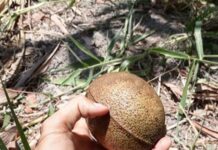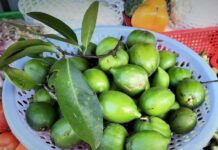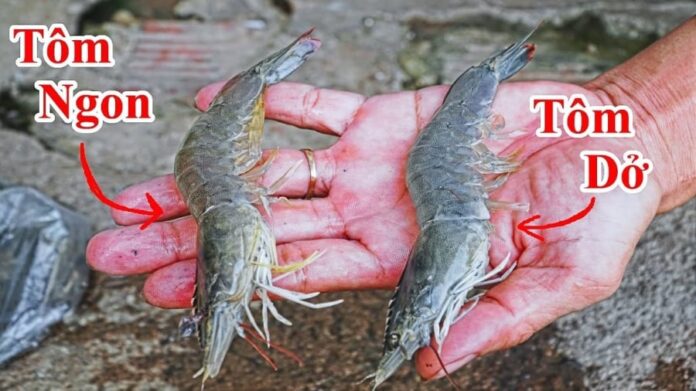A seasoned seafood buyer reveals the difference between “straight shrimp” and “curved shrimp.” If you don’t know how to choose, it’s easy to buy dead shrimp from the fridge, which not only has poor meat quality but also has a strong fishy smell, and no matter how it’s cooked, it doesn’t taste good.
When buying shrimp at a supermarket or vegetable market, we must buy curved shrimp. This is because after the shrimp dies, its muscles become relatively loose, and no matter how you twist it, this type of shrimp will remain straight. If it is a live shrimp, its body will curl up naturally when stimulated by low temperatures, so this type of shrimp will also curl up after being chilled, indicating freshness.
To explain further, you will notice that unlike frozen shrimp, pumped with chemicals, or spoiled due to prolonged storage, fresh shrimp has a slightly curved body and firm meat. However, the shrimp is not unusually large and thick.
However, not everyone knows how to choose fresh shrimp, especially when it comes to distinguishing between wild and farmed shrimp or shrimp pumped with chemicals. One common question when shopping is: should I choose straight or curved shrimp? Here are some useful tips to help you choose the right delicious and healthy shrimp.
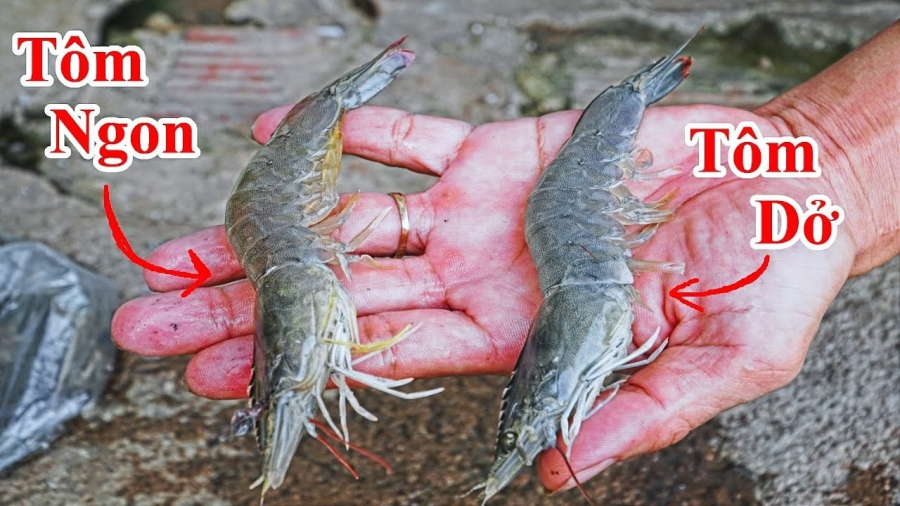
Tips to Distinguish Between Wild and Farmed Shrimp
Wild shrimp (caught from rivers and seas) is generally considered superior to farmed shrimp due to its sweeter taste, firmer meat, and lower risk of antibiotic residue. To tell them apart, look for the following signs:
Shell Color
-
Wild Shrimp: The shell is usually darker, with distinct veins, and not glossy.
-
Farmed Shrimp: Often lighter in color, with a shiny shell, sometimes whitish due to chemical or ice immersion.
Size and Body Shape
-
Wild Shrimp: Size varies, with some larger and some smaller, but the body is generally compact and firm.
-
Farmed Shrimp: Uniformly large and plump, often deceiving buyers with its attractive appearance.
Touch Response
-
Wild Shrimp: Highly elastic, and when pressed, the body feels firm and resilient.
-
Farmed Shrimp or Shrimp stored for a long time will feel soft and mushy and may have a strong fishy odor.
Signs of Chemically Pumped Shrimp to Avoid
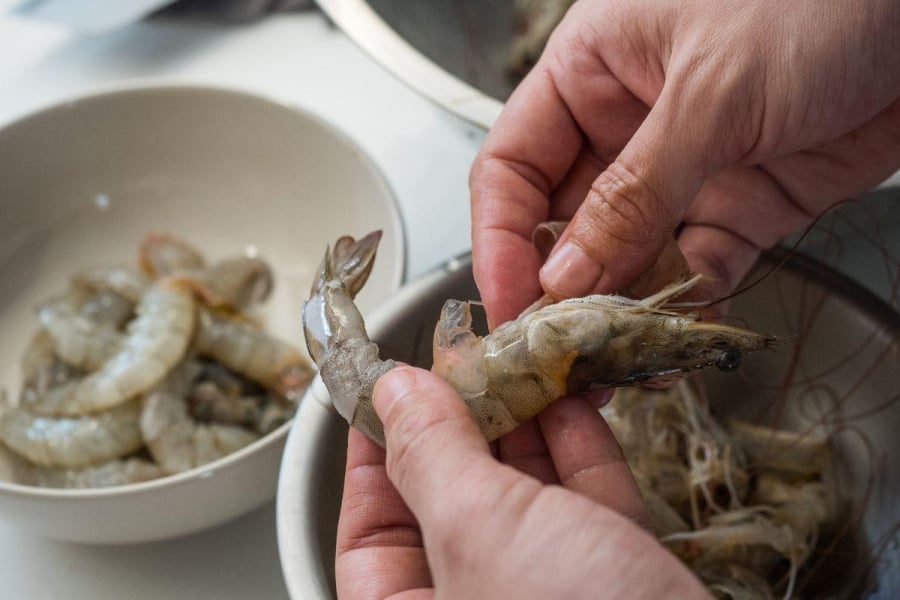
Be wary of shrimp displaying the following signs when purchasing:
-
The shrimp’s head is loose and easily detachable from the body.
-
The shrimp’s body is abnormally taut, feeling thick but fragile.
-
When peeling the shrimp, there is liquid seepage.
-
The shrimp emits an unusual odor, not the typical fishy smell.
Tips for Choosing Fresh Shrimp from a Seasoned Seller
-
Opt for shrimp that is still jumping or has just been taken out of the ice, remaining cold but naturally curved.
-
It is preferable to purchase shrimp at the early morning market (around 6-8 am) when the freshest stock is available.
-
If buying frozen shrimp, choose those with their shells, heads, and legs intact to avoid those that have been soaked in chemicals.
Naturally curved shrimp is always a better choice than straight shrimp, which may indicate chemical treatment or prolonged storage. To ensure the safety and quality of your meals, don’t overlook these small but essential tips when buying shrimp. Be a wise consumer and enjoy delicious, nutritious, and safe meals with your family.
Choosing Shrimp: Curved or Straight? A Guide to Making the Right Selection.
Selecting the perfect shrimp can be a tricky business. Most people assume that the shrimp’s shape is a defining factor in determining its quality and freshness. But is it really that simple? Let’s dive into the intricacies of choosing between straight and curved shrimp to uncover the secrets of selecting the finest seafood.

















